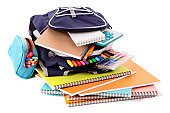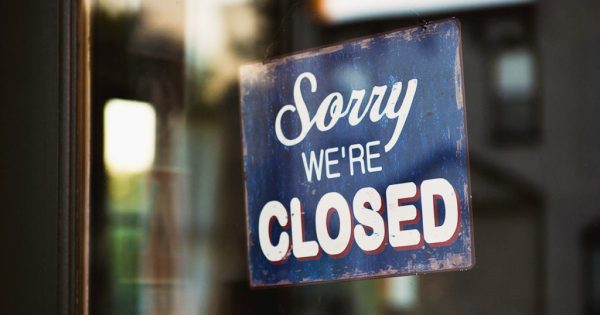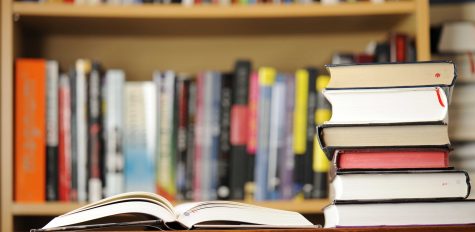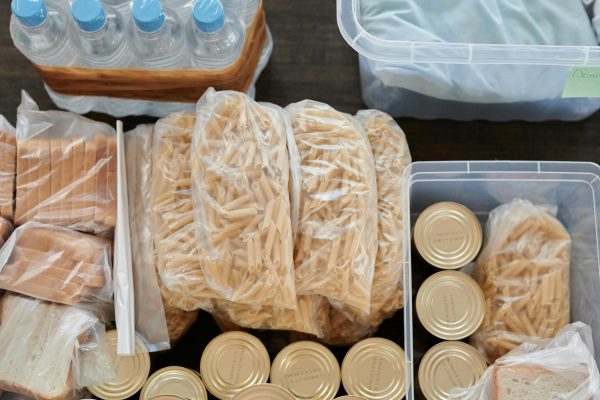When Backpacks and Back Pain Mean the Same Thing
As the school year comes to a close, backpacks seem to be getting heavier and heavier. Lugging binders, notebooks, and textbooks around can put stress on one’s back; a problem I’ve recently noted in myself.
A study conducted by Consumer Reports showed that the average sixth-grade backpack weighs in at 18.4 pounds. That’s almost 20% of the body weight of a 100 pound sixth-grader! Referring to carrying heavy things, Science Daily states, “The result could be anything from simple irritation to diminished nerve capacity, ultimately limiting the muscles’ ability to respond to the brain’s signals, inhibiting movement of the hand and the dexterity of the fingers.” Now, I’m no practitioner, but that sounds lousy.
Lugging required textbooks back-and-forth to classes is not the most health-conscious option, but is there another choice? One option is online textbooks, which are permitted through the bring-your-own-device policy at Nashoba, instituted at the start of the school year. There is, however, a major flaw in this plan. How many of us have these devices (and are willing to bring them to school) for academic only purposes? Need I remind you of how infuriatingly addictive the latest game apps are? My point is that it’s much easier to get lost in the land of 2048 while you’re “taking notes”. Hypothetically, even if we did have cutting edge tablets, would they really be better for our health? Dr. Mark Borchert, who heads The Vision Center at Children’s Hospital Los Angeles, says that over four hours of screen time can result in intellectual development, but will not be directly harmful to eyes.
If good ol’ fashion paper is preferred, a way to lighten the load is by buying an extra set of books to leave at home. One would still have to bring certain books to class, but it would make the trip home a heck of a lot easier. This option is relatively expensive though, and each year would require a new set of books.
The easiest, most effective solution seems to be not bringing textbooks to school. Though none of the prior solutions are ideal, there may be another way. Living in a rather wealthy suburban area, the school could possibly find the funds for an extra set of classroom books. This way, students would not have to bring books to and from home, and we would break neither our backs, nor our piggy banks.
Sources: Science Daily, American Chiropractic Association, The New York Times, and Children’s Hospital Los Angeles, Image courtesy of cache1.asset-cache.net






